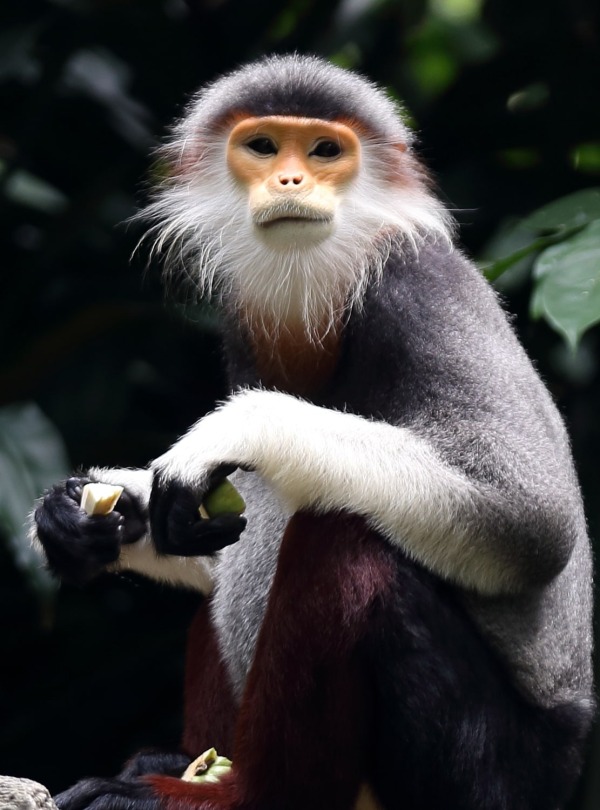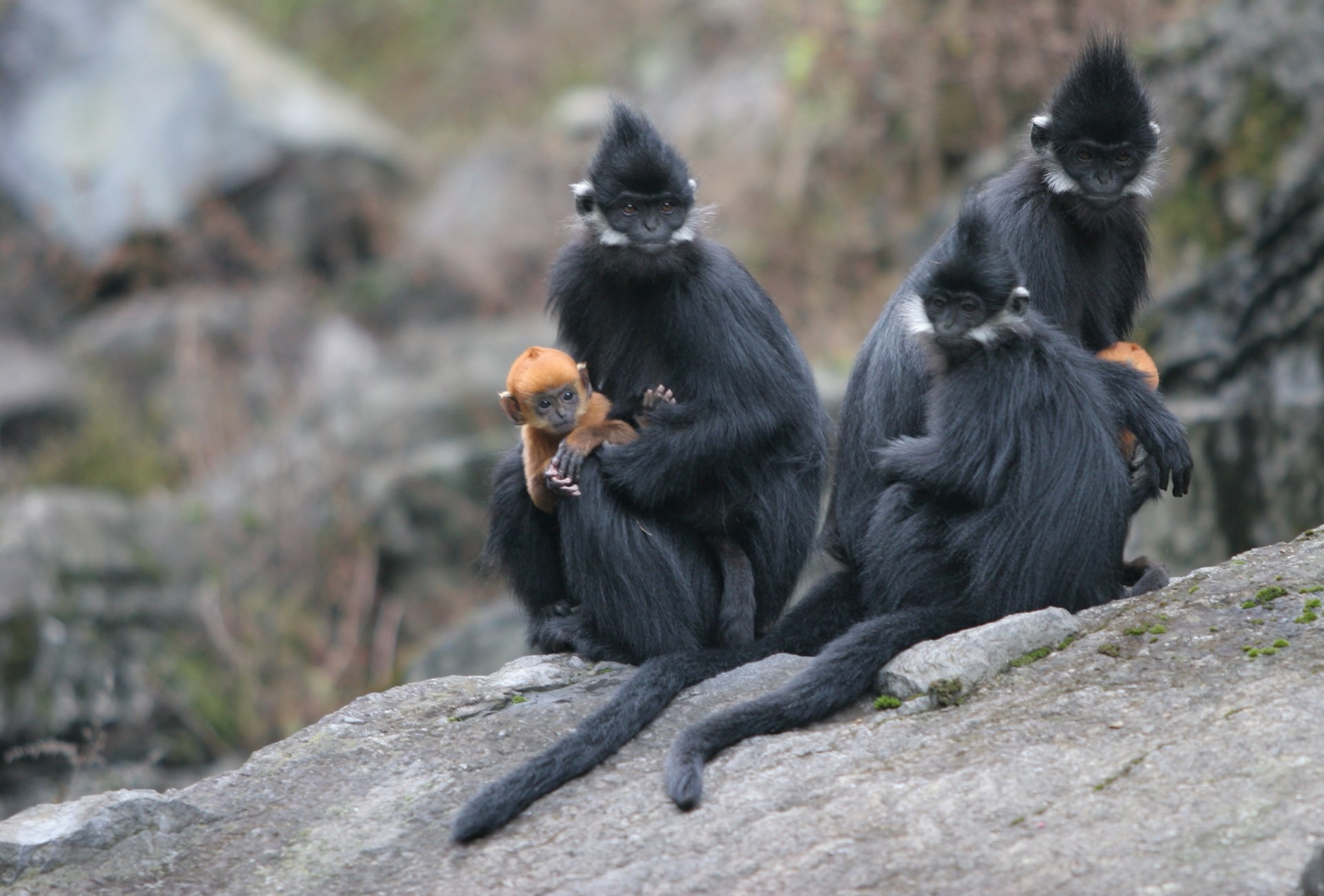
Establishing Francois’ Langur Community Conservation Area
Support More Work Like ThisSupport More Work Like ThisRainforest Trust is collaborating with local partner People Resources and Conservation Foundation (PRCF) to establish the Francois’ Langur Community Conservation Area.
-
Species at Risk
Francois’ Langur (EN), Chinese Pangolin (CR), Asiatic Black Bear (VU), Lesser leaf-nosed Bat (NT), Black-breasted Leaf Turtle (EN)
-
Carbon stored
(Not Calculated)*
*(metric tons of CO2 equivalents) -
Partner
People Resources and Conservation Foundation (PRCF)
-
59,928 Proposed Acres Conserved by
Designation
-
Project Cost: $285,437
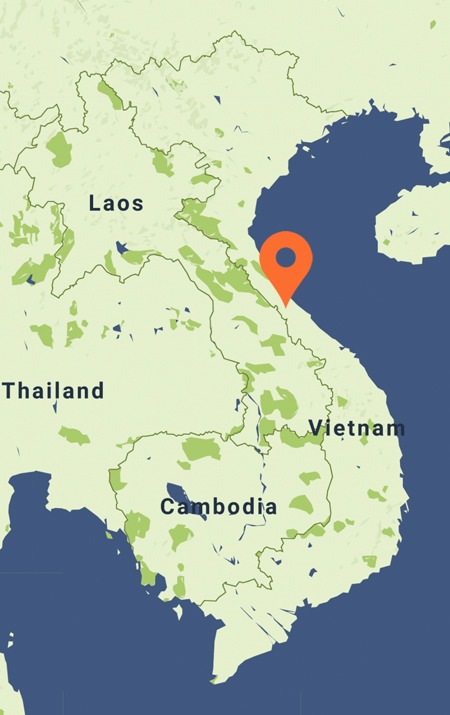
59,928
Rainforest Trust is collaborating with local partner People Resources and Conservation Foundation (PRCF) to establish the Francois’ Langur Community Conservation Area.
-
Species at Risk
Francois’ Langur (EN), Chinese Pangolin (CR), Asiatic Black Bear (VU), Lesser leaf-nosed Bat (NT), Black-breasted Leaf Turtle (EN)
-
Carbon stored
(Not Calculated)*
*(metric tons of CO2 equivalents) -
Partner
People Resources and Conservation Foundation (PRCF)
-
59,928 Proposed Acres Conserved by
Designation
-
Project Cost: £214,614

59,928
Stretching more than 1,025 miles along Tonkin Bay and the South China Sea, Vietnam encompasses an enormous assortment of habitats ranging from dramatic karst limestone mountains to lush green valleys and river deltas. The country’s myriad of environments provide habitat for an astounding number of species, earning the country high rankings as a regional biodiversity hotspot. However, with nearly 80 percent of Vietnam’s original forest cover lost to expanding agriculture, deforestation and recent economic development, wildlife struggles for survival against increasing human encroachment.
The spectacular karst landscapes of northeast Vietnam offer both awe-inspiring scenery as well as refuge for unique wildlife. This is a particularly important stronghold for one of Asia’s most endangered primates: the Francois’ Langur, a rare leaf-eating monkey. To prevent this species from facing extinction, a concerted international and community effort is currently underway.
To assist in this effort, Rainforest Trust is collaborating with local partner People Resources and Conservation Foundation (PRCF) to establish the Francois’ Langur Community Conservation Area. Covering approximately 53,530 acres, the conservation area will protect habitat critical for Francois’ Langur, as well as a host of other endangered and threatened species. Local community involvement is a vital aspect of protecting Vietnam’s spectacular limestone forests and safeguarding one of Asia’s most endangered primates.
Explore Vietnam
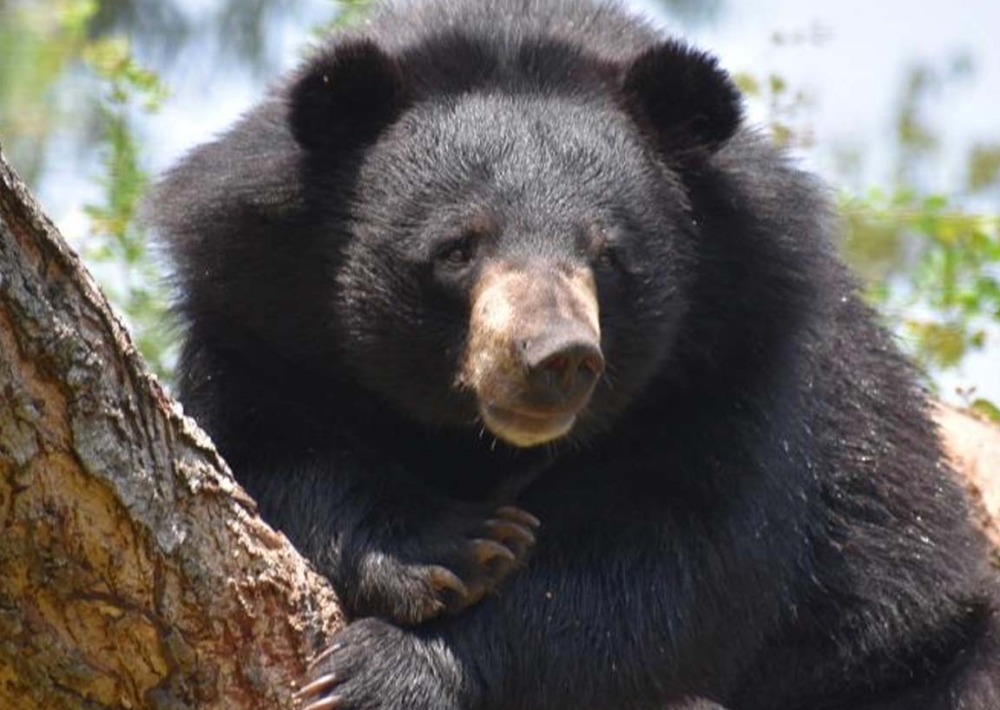
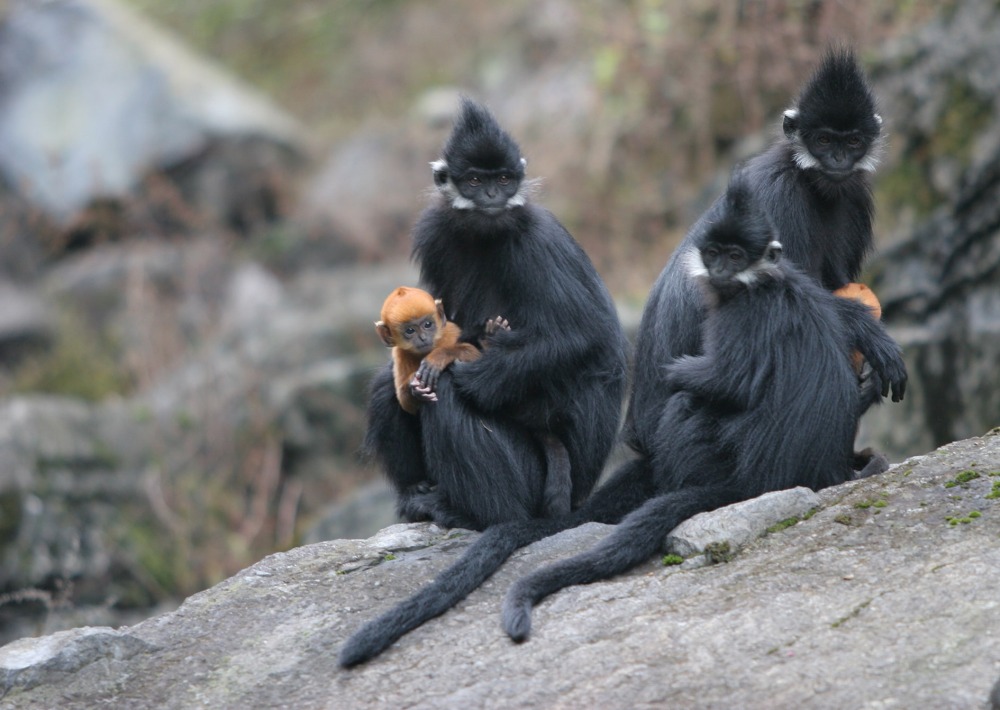
Endangered Francois' Langurs, photo by Xu Jianming
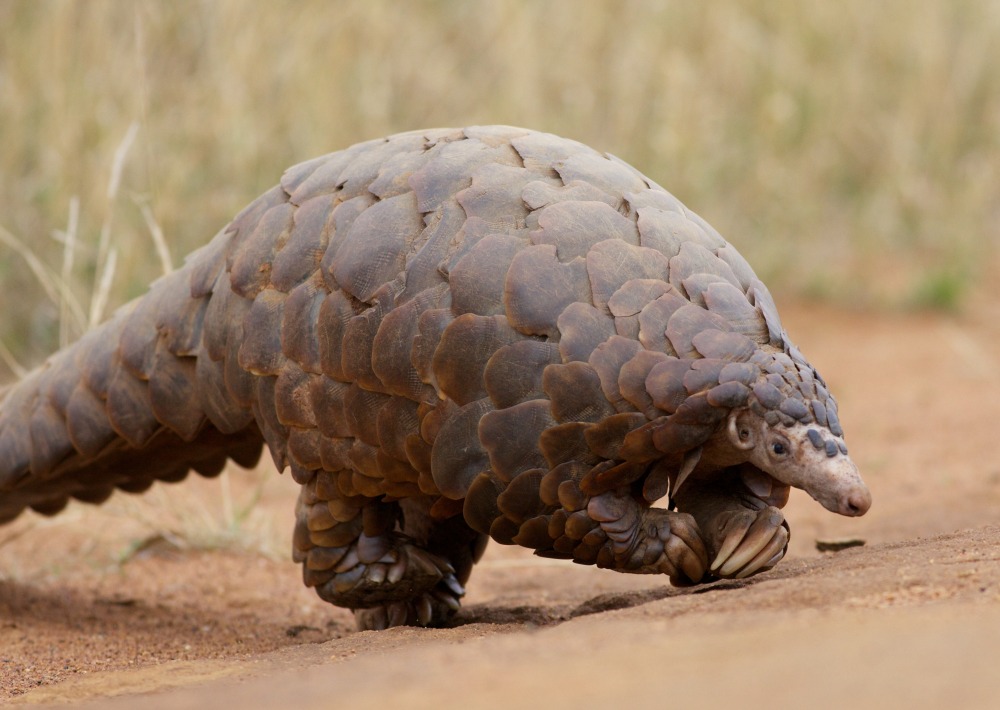
Chinese Pangolin, by David Brossard
Biodiversity
Northeastern Vietnam is characterized by soaring karst landscapes, limestone forests and lush green valleys, rich in rare and endemic wildlife.
Within this region, the forests surrounding Lam Binh and Na Hang districts in Tuyen Quang province have been identified as a conservation priority due to the presence of Francois’ Langurs, one of Vietnam’s rarest primate species, and a wealth of other threatened wildlife. Restricted to the limestone forests of southeastern China and northeastern Vietnam, these langurs have been classified as Endangered due to habitat encroachment and hunting for food as well as for body parts for traditional Chinese medicines. Francois’ Langurs are medium sized primates sporting silky black hair with distinctive white streaks framing their face. Curiously, unlike adults, baby langurs are bright orange in color until they reach about four months of age when their fur begins to darken. Living in small family groups of females, juveniles, adolescent males and a dominant male, these primates spend their days foraging for leaves, climbing, jumping and resting high in the tree tops. In the forests encompassing Lam Binh and Na Hang, wildlife surveys in the area have revealed other endangered and threatened mammals such as Asiatic Black Bears, Particolored Flying Squirrels, Lesser Leaf-nosed Bats and the Critically Endangered Chinese Pangolin. In addition, the area is a stronghold for reptiles such as the Endangered Black-breasted Leaf Turtle, and supports several tree species, such as Eagle Wood, Chinese Shorea and Xian Mu.
Challenges
Threats to the biodiversity of the proposed Francois’ Community Conservation Area are primarily illegal logging, hunting and the unsustainable collection of non-timber forest products such as fruits, nuts, mushrooms and medicinal plants.
These threats are exacerbated by lack of capacity by local authorities in upholding Vietnam’s biodiversity conservation regulations. However, with the support of Rainforest Trust, our local partner plans to alleviate these challenges by training communities to manage their own natural resources.
Communities
The majority of local people in the area are primarily subsistence farmers of Tay and Dao ethnicity, whose main income is from agriculture, livestock breeding and the collection of forest products.
This project proposes to empower the local communities who have vested interests in the long term protection of their landscape by granting them the authority to uphold Vietnam’s biodiversity conservation regulations. This engagement enables community members to be involved in management and conservation efforts.
Solutions
Rainforest Trust is working with a local Vietnamese partner to establish the new Francois’ Langur Community Conservation Area.
Covering approximately 53,530 acres, the conservation area will protect habitat critical for Francois’ Langurs, as well as a host of other endangered and threatened species. Desperate for new and innovative solutions for wildlife protection, the Vietnamese government is fully supportive of the project’s plan to have the conservation area managed by local communities under the supervision of a community management board together with the Tuyen Quang Forest Protection Department. Field boundary demarcation and patrols will be carried out by community conservation teams established to protect and monitor their own new conservation area. By ensuring the designation of these spectacular forests as an official community managed conservation area and by training local residents in patrolling, monitoring and protected area management practices, this project will make an invaluable contribution to the long-term conservation of one of Southeast Asia’s rarest primate species and most astounding landscapes.
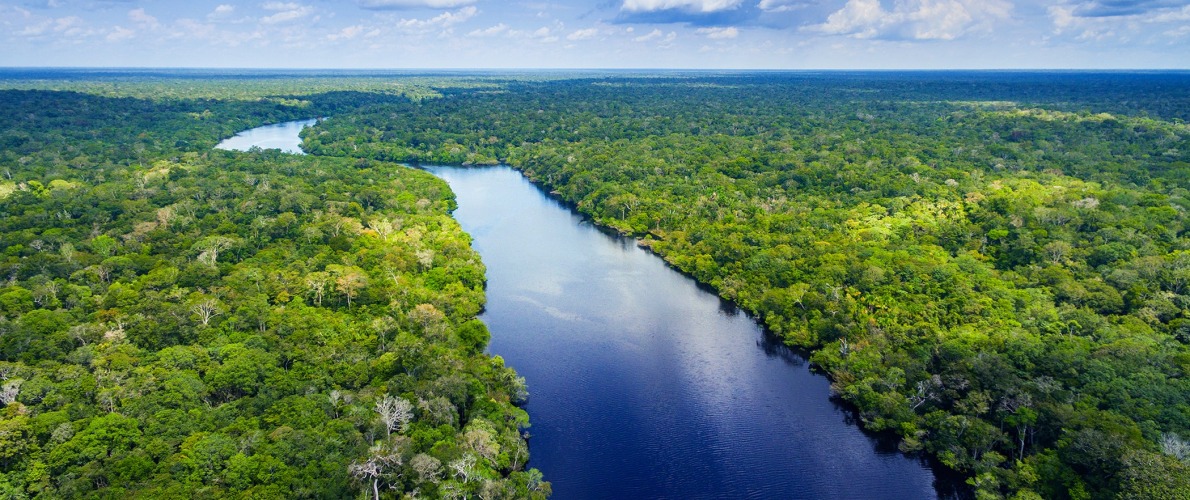
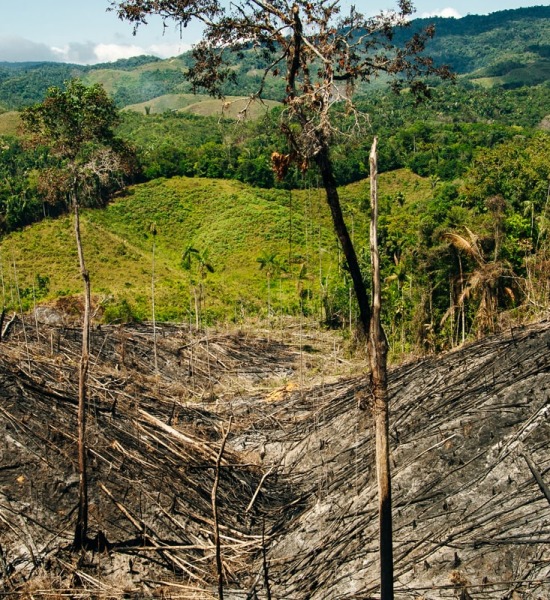
Sign up to receive the latest updates
"*" indicates required fields
100% of your money goes to our conservation efforts
Our board members and other supporters cover our operating costs, so you can give knowing your whole gift will protect rainforests.

